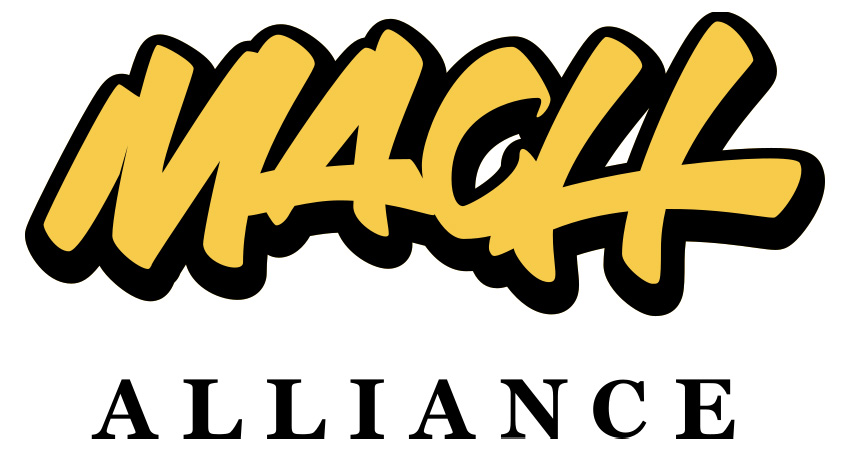With more legacy software giants embracing cloud-based, composable commerce offerings, such as recent moves by SAP and Adobe, members of the MACH Alliance (microservices-based, API, cloud, headless) are seeking to differentiate themselves while also seeing it as validation of their model.
The MACH Alliance is an association of smaller software firms helping companies across industries, including many in retail and ecommerce, to create tech stacks employing both commodity tools (payments, catalog management, etc.) and customized functions such as gamification and virtual try-ons.
Founded in March 2020, the MACH Alliance now has 80 members, including system integrators, enabling firms (monitoring, data storage, orchestration, etc.) and best-of-breed platforms.
Casper Rasmussen, president of the MACH Alliance, addressed one of the key points raised by SAP – that many smaller companies lack the digital maturity and resources to implement a MACH tech stack – by readily acknowledging it’s not for everyone.
“But there are lots of companies, thousands of them, with the digital ambition, maturity, tech chops and the engineering skills to manage these types of future-fitting digital architectures,” said Rasmussen, who is also SVP of technology for MACH member Valtech. “It’s important to note that businesses are maturing, too, mid-market companies turning enterprise and traditional retailers going online.”
He added there are MACH members who have the tools to help companies “bridge a potential maturity gap,” so they don’t have to build out their own data services.
The ability to react quickly to changing market conditions, such as such as new competitors, shifting demographics and channel proliferation, is what MACH was designed for, Rasmussen said. “Those are circumstances businesses and brands within retail live with,” he said. “The typical speed of change is faster compared to more monolithic types of applications.”
Rasmussen said a key aspect of the MACH approach is that companies can build out a tech stack that’s a combination of commodity tools and customized applications, within a SaaS framework, where the latter components become their own IP and points of differentiation.
“Any retailer must differentiate in order to innovate,” he said. “The market opportunities, unique requirements and stellar experiences they will need in order to do so are built out as microservices. They take shape as new digital business capabilities. It’s the mix of buy and build at its best.”
Within a MACH framework, Rasmussen explained, whatever microservices a company develops have no dependency on the underlying or surrounding tech stack components. “The stickiness of MACH is therefore less than what you see when you’re building within a suite,” he said. “In suites, you often expand the tech landscape of a vendor, making the suite bigger. With MACH, you build outside and around, not within someone else’s tech landscape.”
As far as the growth of MACH, Rasmussen said there is faster growth in the U.S. than in early adopter markets such as the UK and Germany. According to a recent survey of 500 IT decision-makers at companies in the UK, Germany, France, the U.S. and Australia, conducted by Mel Research for the MACH Alliance, 82% of respondents said they have increased the proportion of their infrastructure built on MACH in the past 12 months.
In the survey, the proportion of those who believe their front-office infrastructure is ahead of the competition fell from 75% to 68%. Also, 47% said they’re running more than 10 IT projects a year, about the same as in 2022. Rasmussen said both data points indicate a growing perception that organizations are struggling to keep up with the pace of technology adoption.
Overall, respondents said 41% of their IT infrastructure is built on legacy systems, with the highest proportion in the U.S. (47%) and France (46%). Also, 36% of IT budgets on average are spent on front-office system upgrades, and 42% of them take 9 weeks or more to complete.
“It’s less about the number of projects and more about the numbers of upgrades within them,” he said. “With legacy systems, a large number of IT projects are focused on keeping them up to date and compliant. Companies end up spending significant time, money and resources on this, which could be better spent getting ahead and building features and functionality that differentiate the business.”
Having an ecommerce system in the cloud holds out the promise of no upgrades, Rasmussen said, which he called “the beauty of SaaS.” While every enterprise player now touts its cloud platform, he said there are key differences with the MACH model.
“We advocate for open, flexible and completely opaque architectures and digital ecosystems,” he said.
“Many of the cloud offerings by large vendors are either managed infrastructure or platform-as-a-service constructs, which by nature aren’t providing the openness, opaqueness and flexibility businesses need today.”

